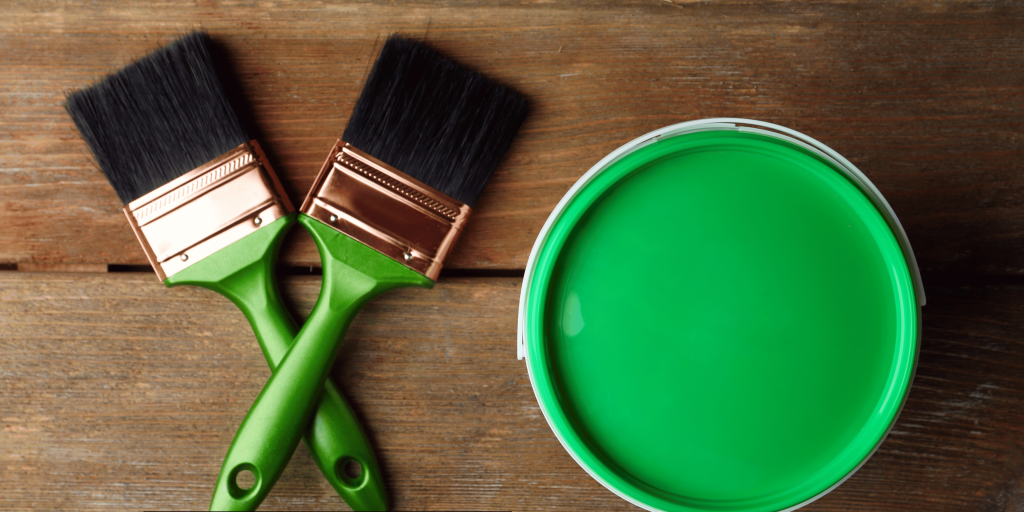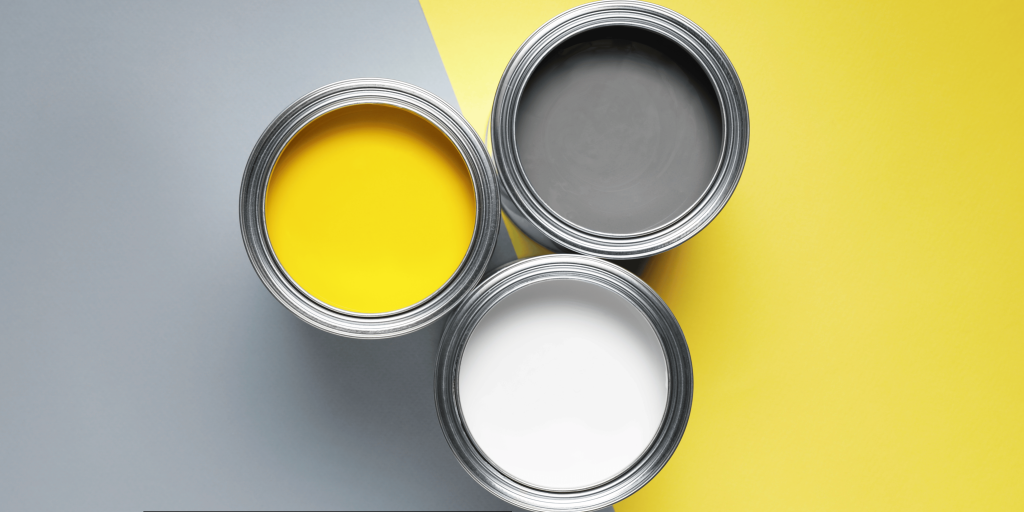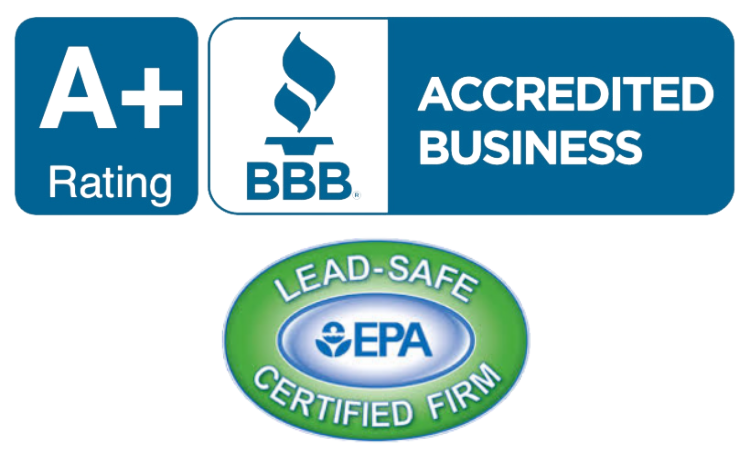Matte and flat paints are among the most popular paint finishes for interior walls and ceilings in most regions today.
Introduction
When selecting interior or exterior paints, you are likely to come across “matte” and “flat” paints, which are terms that may, at first glance, seem pretty similar. Still, there are specific differences between matte and flat paint finishes that affect their appearance and durability. Familiarizing yourself with their differences will help you arrive at the best way to complete your job if you are undecided of which type of paint is most suitable for your project.
Sheen Level
Matte Paints
– Matte paint is non-reflective, low-sheen paint that contains pigments that scatter light. This leads to its non-shiny, velvet-like look and feel.
– Matte does have a little bit of light reflectance, but less light reflectance compared to higher sheen paints. This means that they are not entirely non-reflective.

– Non-reflective dulled finishes provide a diffused light distribution and help to minimize surface blemishes. Due to these advantages, they are widely used on walls and ceilings.
Flat Paints
– Anti-reflective paint means that there are no reflections, and the surface appears to be flat with no traces of shininess at all.
– Flat is the most minor glossy type of paint finish that is available to consumers, so it reflects the least amount of light. It can reflect light to a certain degree, but it is not shiny at all.
– Its ability to camouflage surface imperfections is outstanding. So, it is evident that flat paint is suitable for damaged walls.
Durability Differences
Matte Paint
– Matte paints are more stain resistant than flat paints and do not have shine and gloss that can scratch.
– This means that walls do not have to be scrubbed hard when cleaning, as it can alter the look of the finish.
– Like a flat finish, matte does not easily pick up dirt and stains compared to other finishes.

Flat Paint
– Flat paint does not have a sheen and hence is easy to scuff and stain. Therefore, it is unsuitable for high-traffic areas.
– Flat finishes are more accessible for spotting dirt, fingerprints, or any other marks on the surface.
– They may be a problem to wash without compromising the smooth plane look.
Use Considerations
Matte Paints
– Matte paint should be applied in areas that are constantly crowded since it is a little more washable than flat paint
– Ideally, it is perfect for use in hallways, family and living rooms, and even bedrooms
– Matte is not too glossy but gives the surface a little shine for those who often touch and clean
Flat Paint
– A smooth finish provides an excellent ability to hide imperfections, so it should be used to fix walls that are damaged
– Suits areas with low foot traffic, such as dining rooms, master bedrooms, and other closed areas
– The least reflective surface, in this case, furthers the uniformity of look and feel in ceilings
Exterior Use
Matte Exterior Paint
– Regarding exterior weathering, it is clear that matte finishes are more resistant than flat paints
– Matte does not wear out quickly, and is easy to wash so that dirt or grime come off the surface readily
– Matte has a delicate sheen that is perfect for siding and trim and offers the benefit of general durability
Flat Exterior Paint
– Flat has minimal durability on the surfaces of the building exterior that is exposed to weather and sun
– It may take less time to fade than it takes for other paints with high sheen to fade
– Flat paint is typically not suitable for exterior house paints
Conclusion
The sole distinguishing factor between matte and flat paint finishes is, therefore, the degree of light reflection. Matte possesses higher resistance to marking and abrasion because it has a low specularity, and thus, part of the light is scattered. Flat paint has a fully non-reflective finish that does not show any kinds of defects but shows scuff marks and cleaning efforts well.
One should determine the traffic level that the wall gets and the washability required by the paint when selecting the interior wall color. For exteriors, it has been observed that matte paints have a better ability to endure the wear and tear of weather and climatic conditions. As you now know the differences between the two, you now have an idea of what to look for when embarking on your next painting adventure.

